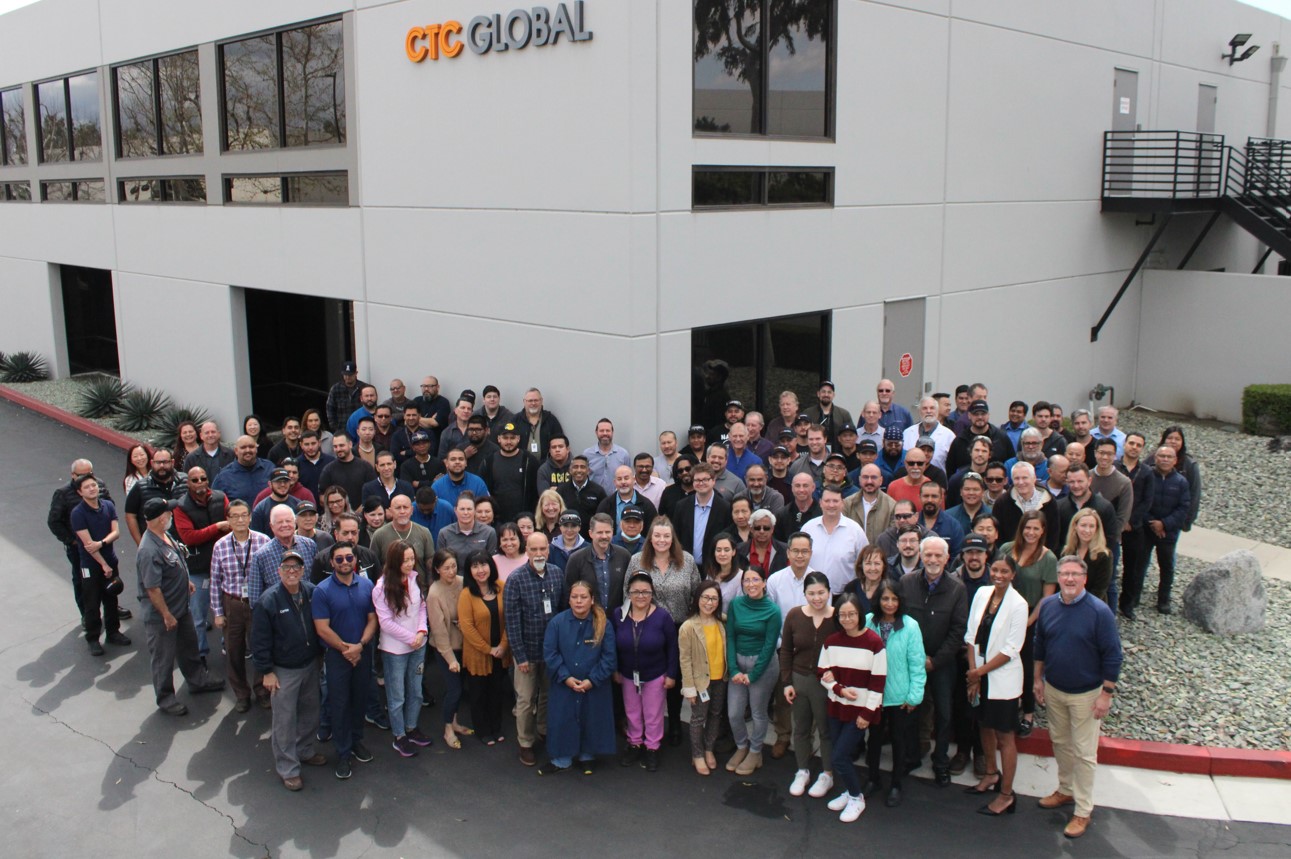Replacing old power lines with CTC Global’s ACCC conductor less costly CO2 reduction compared to buying electric cars.
If you still don’t believe in climate change, turn on your TV and listen to all the discussion about heat waves in the northeast, severe fires in the northwest, floods in the southeast, drought conditions in the southwest and crazy weather patterns and storms worldwide. If you stay up for the late night news you might also catch the politicians talking about international treaties and the Paris Climate change agreement, for instance.
If you’re not a TV person, you are probably still aware of all the hype surrounding electric cars. Electric cars, so we’ve heard, don’t pollute. “ZERO EMISSIONS” according to the folks at Tesla who proudly display that verbiage inside the license plate frames on their new cars.
Without considering the energy that was consumed building the electric cars and mining and processing the lithium used in all the electric car batteries, you still need to consider where the electricity actually comes from that powers the electric cars. While we do have nuclear, hydro, solar and wind power generation sources, a majority of the energy we consume is still generated by fossil fuel resources such as coal, oil and natural gas. So while the car itself doesn’t produce emissions directly, it most certainly does if it’s connected to the power grid where all the electrons scramble to do their duty.
Did you know that much of the electric energy generated doesn’t actually get delivered? The reason is that the efficiency of the transformers, power line wires and other components is not 100 percent perfect. Power lines, for instance, exhibit line losses that can range from two or three percent to twenty percent or more. The extreme cases are generally found in underdeveloped countries where the electric power grid is over stressed. As a quick FYI, the American Society of Civil Engineers (ASCE) gave the U.S. power grid a D+ rating a few years ago when they did their last evaluation.
Let’s talk about the wires for a moment. Good old fashion power lines generally use aluminum wires wrapped around a steel core. They call these ACSR (Aluminum Conductor Steel Reinforced). These have been the industry standard for more than 100 years. More recently, a Southern California company called CTC Global introduced a new design that replaced the steel core wire with a non-corrosive carbon fiber core. CTC Global calls their product ACCC (Aluminum Conductor Composite Core). This is a trend shared by many other industries, because carbon fiber composites are much lighter and stronger than steel.
The ACCC conductor’s lighter core allows it to incorporate up to 30% more aluminum (and a higher quality aluminum) that serves to reduce line losses by twenty-five to forty percent or more.
Let’s look at an example:
Consider a fifty mile long power line operating at 230 kV (230,000 volts) delivering 1,500 amps of power at a load factor of sixty-two percent (meaning the line is not operating at its full capacity one-hundred percent of the time). In this scenario the use of an ACCC conductor of the same diameter and weight as an ACSR conductor would reduce line losses by over 46,000 megawatt hours (MWh) of electricity per year. Using the U.S. national average CO2 emissions for all combined sources of electric power generated (1.372 pounds per kilowatt hour (KWh)), this would equate to a CO2 emission reduction of 28,648 metric tons per year. The average passenger car in the U.S. generates 4.75 metric tons of CO2 per year. Therefore, swapping out fifty miles of old ACSR wire and replacing it with modern ACCC wire would be the equivalent of removing 6,030 cars from the road (assuming the cars were truly zero emission). ACCC conductor less costly CO2 reduction
As a basis for cost comparison, let’s consider Tesla’s highly anticipated new Model 3 at a bargain price of $35,000. If we purchased 6,030 of these to reduce our CO2 emissions, we would spend over $211 million dollars (plus tax). The price of the ACCC conductor is just over $3 million. If you add in installation costs, new connectors and other bits and pieces, you’d have a hard time spending $10 million, but for the sake of argument, call it $20 million.
So what you get for replacing old ACSR with modern ACCC is a new more robust transmission system, the ability to carry twice the current of the old system to improve grid reliability and feed all the new electric cars and the equivalent emission reduction of buying over 6,000 electric cars for less than one-tenth the cost.
Over the years we’ve spent billions of dollars improving the efficiency of power generators and billions more buying more efficient appliances and lightbulbs. Maybe the time has come to use more efficient wires on our electric power grid? It seems like a very timely and smart thing to do.






